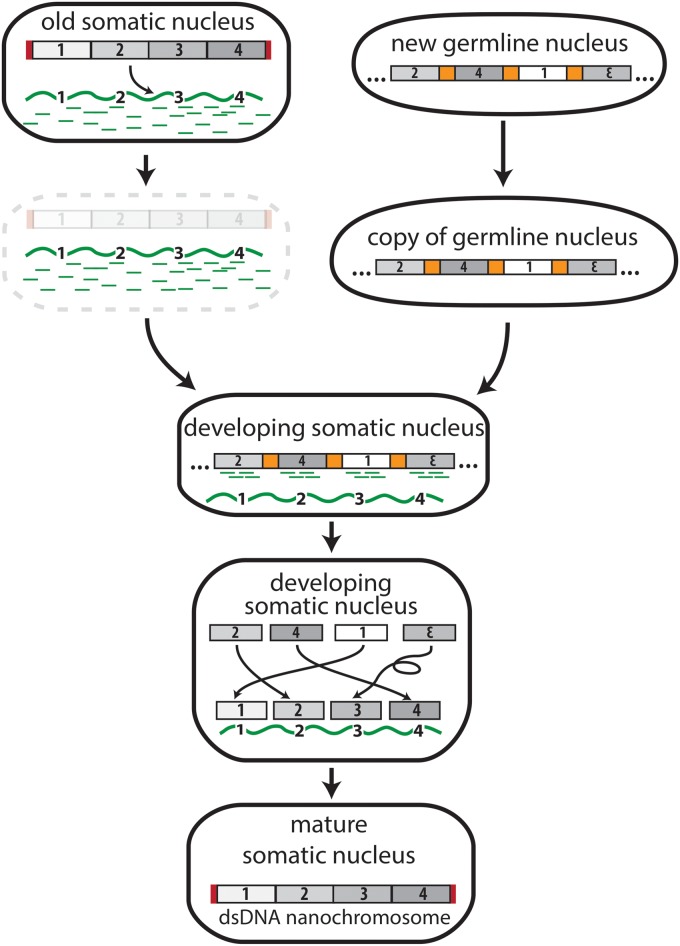Fig 2. The transfer of genomic information from DNA to RNA in Oxytricha trifallax.
The physical transition of genomic information from DNA to RNA and back to DNA occurs after mating in the ciliate, Oxytricha trifallax. RNA templates (wavy green line) and piRNAs (green dashes) derive from RNA transcripts of the previous generation’s somatic DNA nanochromosomes before the old somatic nucleus degrades. A mitotic copy of the new, zygotic germline genome provides precursor DNA segments (numbers 1–4) that are retained in the developing somatic nucleus through piRNA associations and rearranged according to the inherited RNA templates. This step sometimes reorders or inverts precursor segments to build the mature DNA molecule. The number of copies of each new nanochromosome is also influenced by the concentration of RNA templates supplied by the previous somatic genome during development. Red rectangles represent telomeres added to the ends of somatic chromosomes. Only one representative nanochromosome (of over 16,000 in Oxytricha) is shown for simplicity, and it derives from a representative locus containing 4 scrambled precursor segments in the germline genome.

